July 15, 2025
Understanding the Spectrum: Autism and the Role of Asperger's in Neurodevelopmental Disorders
The landscape of neurodevelopmental disorders includes a wide spectrum of conditions collectively known as autism spectrum disorder (ASD). Historically, terms like 'autism' and 'Asperger's syndrome' have defined specific profiles within this spectrum. Since the diagnostic criteria have evolved, particularly with the publication of DSM-5 in 2013, understanding the distinctions and similarities between autism and Asperger's has become more nuanced. This article delves into the historical background, diagnostic criteria, biological differences, behavioral features, and support options related to these conditions, clarifying why recognizing their definitions and classifications is vital for effective intervention and acceptance.
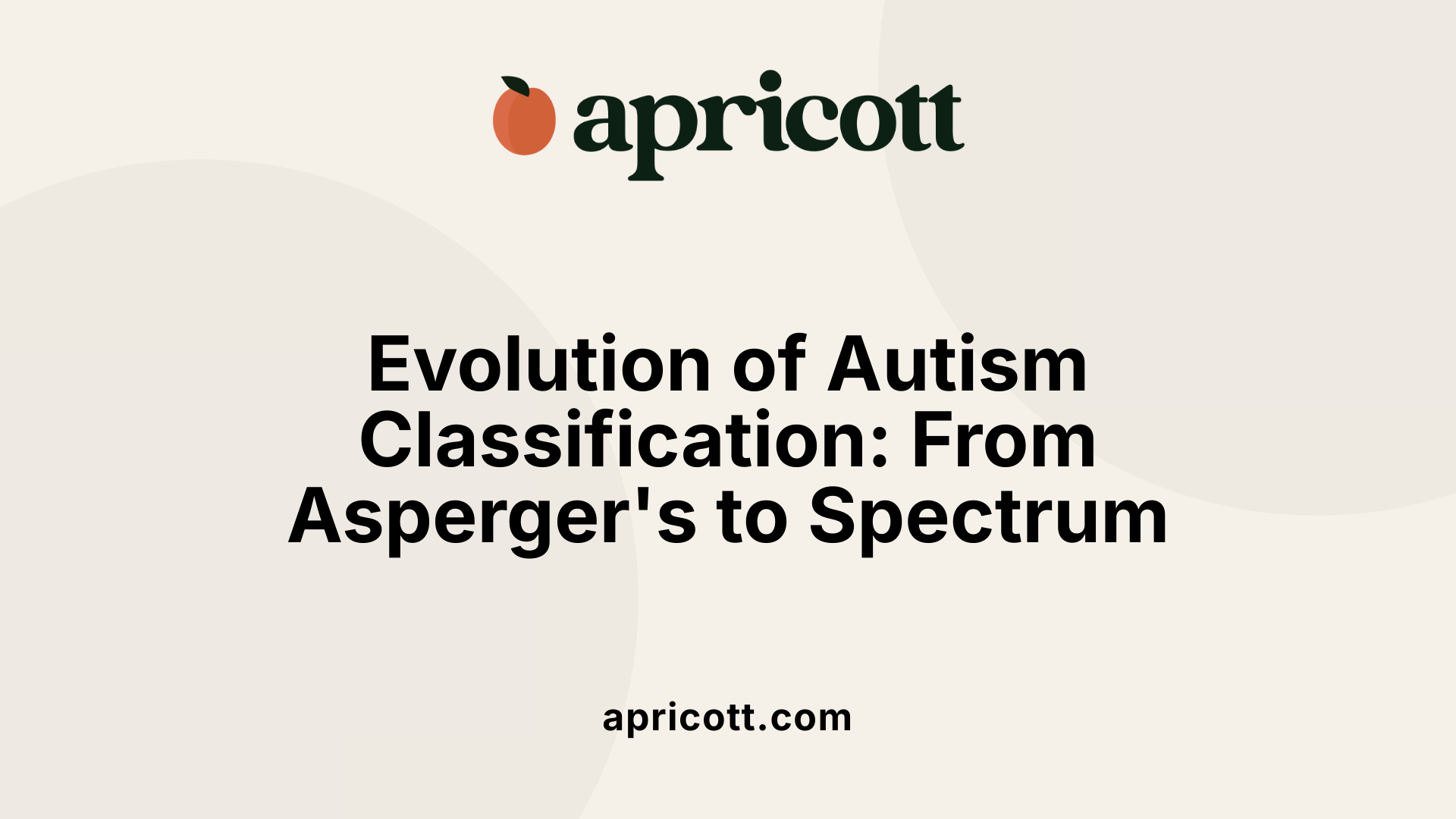
The classification of Asperger's syndrome has undergone significant changes over the decades, reflecting evolving scientific understanding and diagnostic criteria. Originally identified by Austrian pediatrician Hans Asperger in 1944, Asperger's syndrome was seen as a distinct form of high-functioning autism. It was characterized by difficulties with social interaction, strong language skills, and average or above-average intelligence, without delays in language development or cognitive skills.
In 1994, the DSM-IV officially included Asperger's syndrome as a separate diagnosis under the broader category of Pervasive Developmental Disorders (PDD). This classification recognized it as a milder, high-functioning variant with specific features such as social impairments and narrow, intense interests.
However, this categorization faced challenges due to overlapping symptoms with other autism spectrum conditions and debates about diagnostic consistency. To address these issues, the DSM-5 was published in 2013, and Asperger’s syndrome was merged into a broader category called Autism Spectrum Disorder (ASD). This shift represented a move from discrete categories to a spectrum approach, emphasizing severity and individual differences rather than distinct labels.
Today, individuals previously diagnosed with Asperger's are generally classified within Level 1 autism in the DSM-5, indicating minimal support needs but ongoing social and communicative challenges. This evolution has fostered a more nuanced understanding of autism as a continuum, allowing for more personalized support and recognition across diverse presentations.
The transition from separate diagnoses to a spectrum-based system has impacted many individuals. Those diagnosed with Asperger's before 2013 may still identify with the term and choose to use it for personal or advocacy reasons. Conversely, current clinical practice often uses ASD as the unified diagnosis, providing a broader framework.
For some, the change affects access to services and support, as diagnostic labels can influence eligibility. The spectrum model aims to ensure that support is tailored to individual needs regardless of specific labels, but debates about identity and recognition continue.
In summary, the evolution of classification from separate entity to part of a spectrum depicts a more comprehensive and flexible approach to understanding autism, fostering better awareness and personalized intervention strategies.
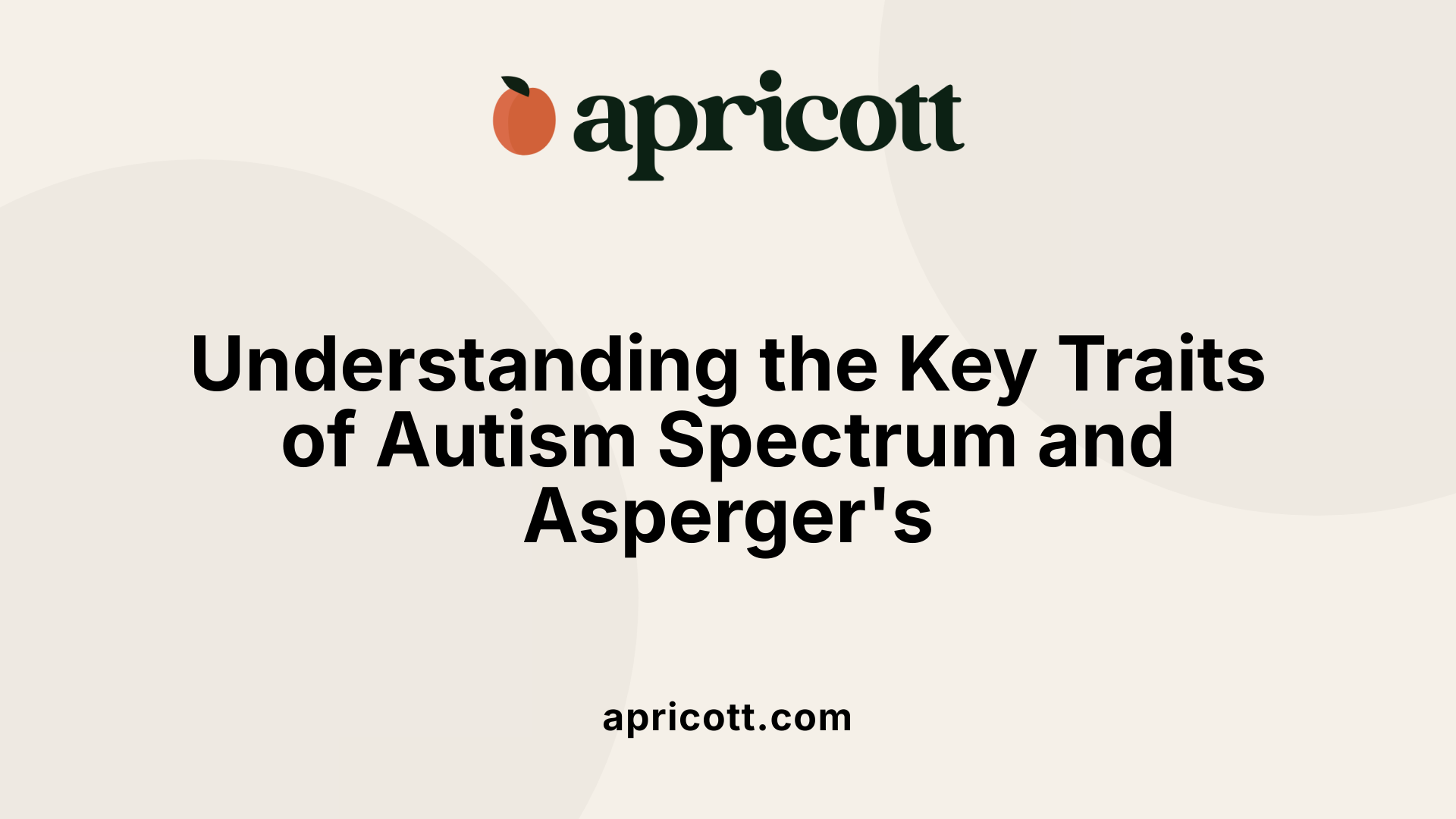
Autism spectrum disorder (ASD) and Asperger's syndrome share many features, but they also have distinct characteristics. ASD is recognized by persistent challenges with social communication and interaction. Individuals often struggle with making eye contact, understanding social cues, and establishing relationships. Repetitive behaviors are common, such as rocking, hand-flapping, or insistence on routines. Sensory sensitivities—either hypersensitivity or hyposensitivity to stimuli—are typical, along with intense interests in specific subjects or activities.
Children with ASD may experience delayed language skills or cognitive delays, affecting their ability to communicate effectively and process information. They might find it difficult to understand nuances in language, sarcasm, or gestures.
In contrast, Asperger’s syndrome, now incorporated within ASD diagnostic criteria, generally involves normal or even advanced language development. Children with Asperger's often have strong vocabulary skills and do not show significant delays in speech. However, they tend to have difficulty with social interaction and understanding social norms. They might display repetitive movements or strict routines similar to other ASD cases.
Specific interests in Asperger’s are often narrow or extremely focused, and individuals may exhibit clumsiness or unconventional body language. Despite these differences, both conditions frequently include sensory sensitivities and a wide spectrum of behaviors; severity can vary greatly among individuals.
Autism often involves delayed language skills, cognitive delays, and difficulties in understanding social cues. These challenges can be profound, affecting daily functioning.
Children with Asperger’s typically have typical or superior language skills, fewer repetitive movements, and focus intensely on particular interests. Their social difficulties are often more subtle but persistent.
Both conditions display sensory sensitivities and a broad range of behavioral expressions, with severity levels influencing support needs and daily experiences.
| Symptom/Characteristic | Autism Spectrum Disorder (ASD) | Asperger’s Syndrome | Additional Details |
|---|---|---|---|
| Language Development | Often delayed or disordered | Usually normal or advanced | Autism may involve language delays; Asperger’s rarely does |
| Cognitive Function | Variable; some delays | Typically intact or above average | Both can have diverse intelligence levels |
| Social Skills | Significant challenges | Challenges but less severe | Social interpretation difficulties |
| Repetitive Behaviors | Common and diverse | Common but often less intense | Primitive or complex movements |
| Sensory Sensitivities | Frequently reported | Common | Hypersensitivity or hyposensitivity |
| Focus of Interests | Often broad or intense | Usually narrow or specific | Fixation on particular interests |
Understanding these traits helps in identifying and supporting individuals on the spectrum, tailored to their unique needs. While the terminology and classifications have evolved, the core features of social and behavioral differences remain central.
In summary, ASD encompasses a wide range of behaviors, including those previously labeled as Asperger’s, but distinctions like language delay and support needs help clarify the spectrum’s diversity. Both conditions underscore the importance of early diagnosis and personalized interventions for better quality of life and social integration.
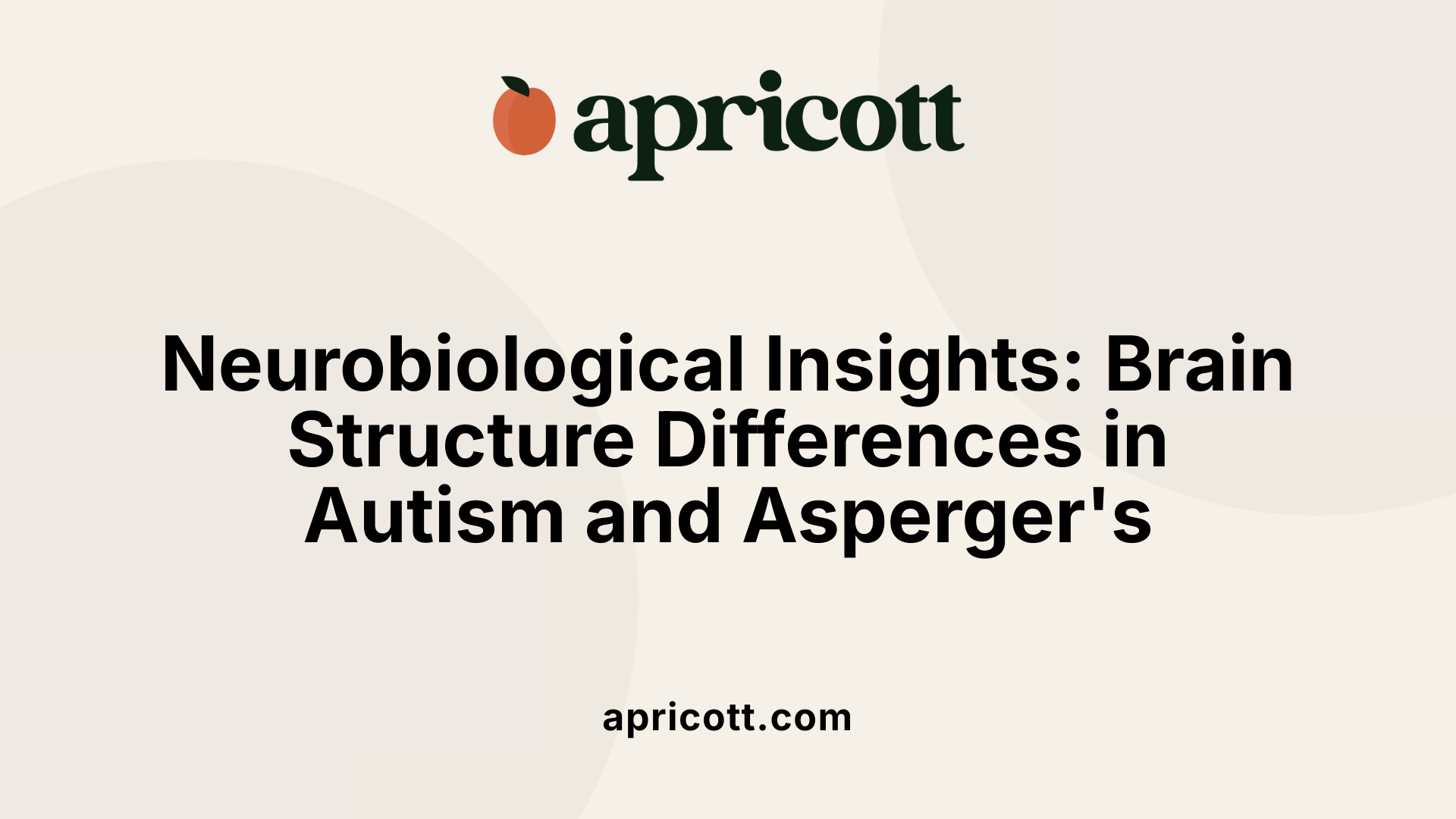
Autism spectrum disorder (ASD) and Asperger's syndrome share core features such as difficulties in social interaction, communication challenges, and repetitive behaviors. However, they differ in several ways regarding medical, psychological, and behavioral aspects.
Medically, ASD is a broad condition involving a variety of genetic and neurobiological factors that affect brain development. Many individuals with ASD experience delays in language acquisition and may have intellectual disabilities. In contrast, Asperger's syndrome—now classified under ASD—was characterized by normal or above-average intelligence and typical language development. Those diagnosed with Asperger’s usually do not face significant delays in speech or cognition.
Psychologically, individuals with Asperger's tend to possess stronger verbal abilities and are often more aware of their social challenges. They may excel in specific interests or skills but struggle with understanding social cues and norms. Those with ASD may experience heightened sensory sensitivities, more pervasive difficulties in understanding social interactions, and variable cognitive capacities, ranging from intellectual disability to above-average intelligence.
Behaviorally, the differences are also notable. Asperger's is generally associated with less severe repetitive behaviors and routines, and individuals often develop focused interests. Conversely, ASD may involve more varied and intense repetitive behaviors, sensory processing issues, and broader developmental delays.
Brain imaging research has provided insights into the neurobiological distinctions between autism and Asperger's syndrome. Structural studies using voxel-based morphometry (VBM) MRI highlight different patterns of grey matter volume in various brain regions.
Individuals with autism tend to show lower grey matter volume in regions like the cerebellum, dorsal hippocampus, right uncus, and the middle temporal gyrus relative to neurotypical controls. They also exhibit increased grey matter volume in the bilateral caudate, prefrontal cortex, and ventral temporal lobes. These alterations correlate with core autism features such as communication difficulties and repetitive behaviors.
In contrast, those with Asperger’s syndrome display lower grey matter volume in areas including the bilateral amygdala, hippocampal gyrus, prefrontal cortex, and occipital gyrus. They often have increased grey matter in regions such as the bilateral inferior parietal lobule and left fusiform gyrus. Such differences suggest a neuroanatomical basis for the milder, more focused social and behavioral traits seen in Asperger's.
Interestingly, both conditions show an excess of grey matter in the ventral temporal lobe of the left hemisphere, pointing to some shared neurobiological features.
These neurobiological findings support the perspective that Asperger's syndrome is more than just a milder form of autism. Instead, it appears to be a distinct neuroanatomical entity with specific brain structure patterns. Autism has broader and more pronounced grey matter differences, possibly underlying more severe behavioral and developmental challenges.
Distinct intrastriatal differences further reinforce this view. Autism exhibits larger bilateral caudate nuclei, which are involved in repetitive behaviors and habit formation. Conversely, Asperger's features a lower volume in the right putamen, another striatal region associated with motor and cognitive functions.
Despite differences, common features exist. Both conditions show increased grey matter in the ventral temporal lobe, an area associated with social perception and language processing. This overlap indicates some shared pathways or mechanisms.
Overall, neuroanatomical studies reveal that while autism and Asperger's share certain features, their structural brain differences are significant enough to justify considering Asperger’s as a separate neurobiological profile. The distinctions help clarify why these two conditions, although part of the autism spectrum, can present with different behavioral and cognitive traits, informing tailored approaches to treatment and support.
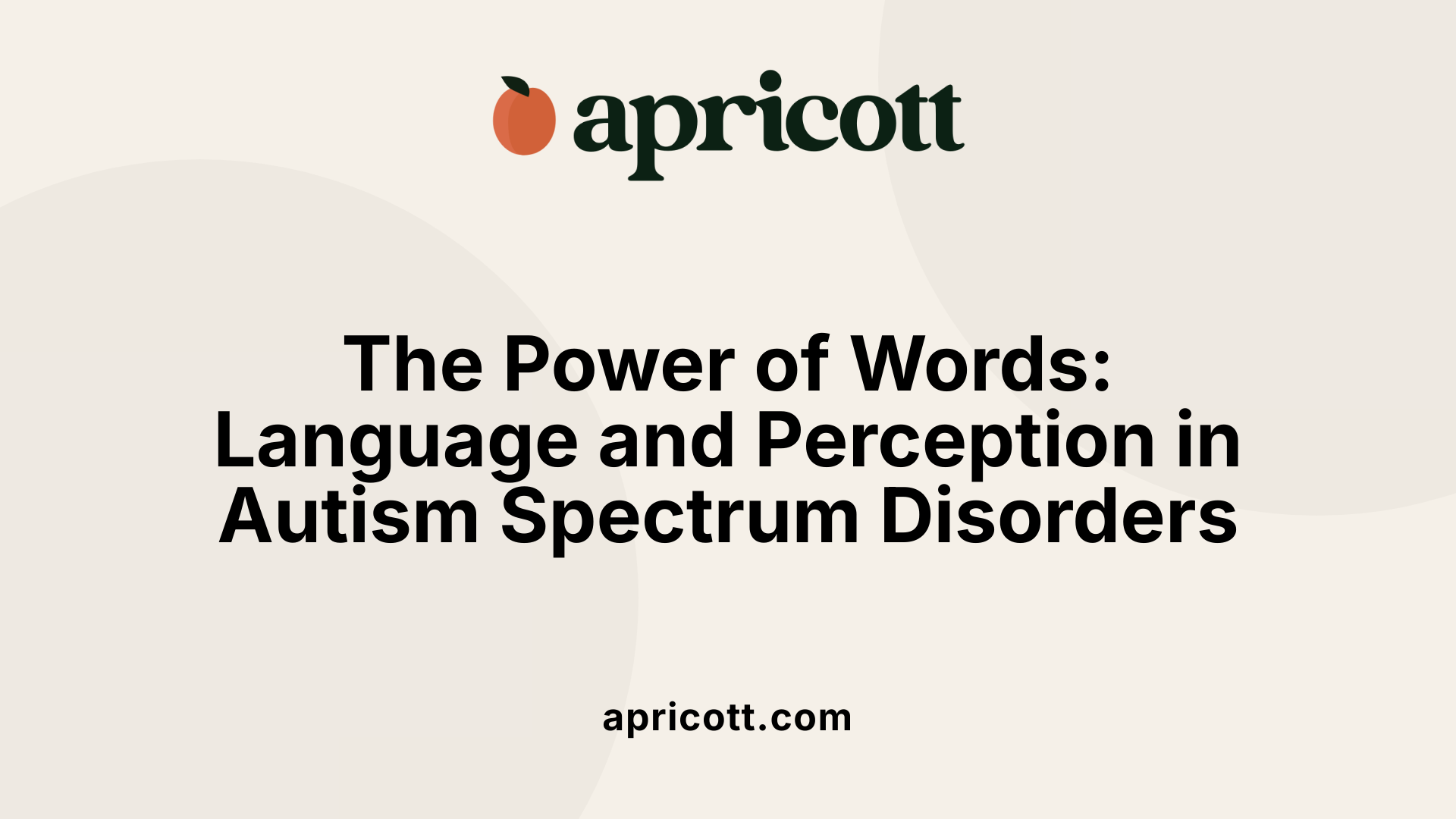
The language used to describe autism spectrum disorders (ASD) and Asperger’s influences many aspects of how individuals are diagnosed, supported, and perceived. Historically, Asperger’s syndrome was considered a separate diagnosis characterized by milder symptoms, typical language skills, and no intellectual disability. It was recognized in DSM-IV (1994) and included in ICD-10 (from 1992). However, since the release of DSM-5 in 2013, Asperger’s has been integrated into the broader category of ASD, specifically as level 1 autism—sometimes called high-functioning autism.
This shift in terminology clarifies the distinctions in current clinical understanding. Accurate terminology supports clear communication among healthcare professionals, educators, and families, ensuring everyone has consistent information about the individual’s needs and capabilities. It also respects individual identity, with many autistic people preferring identity-first language (e.g., autistic person) to emphasize neurodiversity.
Understanding this terminology helps prevent misconceptions, such as thinking of Asperger’s as something entirely separate or associating it with deficits. Instead, it highlights that autism spans a wide spectrum of abilities, personalities, and challenges. Some individuals diagnosed as having Asperger’s in the past—typically with average or above-average intelligence and no language delays—may now identify as autistic under the current system.
Moreover, the terminology affects access to appropriate services. Recognizing where someone falls within the spectrum informs tailored interventions, supports, and accommodations. For example, individuals with level 1 autism might benefit from social skills training and sensory accommodations, but may require less intensive support than those with more severe forms of autism.
Inclusive language also reduces stereotypes by emphasizing diversity rather than deficits. It acknowledges that people with ASD, including those formerly labeled with Asperger’s, have unique strengths and face different challenges.
The evolution of autism language—from separate diagnoses to a spectrum—reflects our improving scientific understanding and societal appreciation of neurodiversity. This progress promotes acceptance, reduces stigma, and encourages societies to create environments where all individuals can thrive.
Understanding that ASD encompasses a broad range of skills and challenges helps break down harmful stereotypes, such as the misconception that all autistic individuals are severely impaired or unable to lead independent lives. Besides, recognizing the variability in traits, severity, and support needs fosters greater inclusion in education, employment, and community life.
Using respectful language that focuses on the individual rather than solely on diagnosis promotes dignity. Many prefer to be described as autistic rather than having autism, reflecting a view of neurodiversity as a natural human variation. Supporting choice and respecting preferences foster trust and positive identity.
The precise use of terms guides policymakers, educators, and healthcare providers to implement appropriate programs. For example, understanding that someone with level 1 ASD may need social skills training but not intensive support ensures resources are allocated efficiently.
As research uncovers more about the neurobiological and genetic factors of ASD, terminology continues to change. This dynamic vocabulary enhances societal understanding, reduces stigma, and emphasizes that autism is a spectrum, not a rigid set of conditions.
| Old Terminology | Current Classification | Implications | Common Perceptions |
|---|---|---|---|
| Asperger’s syndrome | Autism Spectrum Disorder, Level 1 | Greater inclusivity, individualized support | Mild autism, high-functioning |
| Autistic disorder | Autism Spectrum Disorder, all levels | Spectrum-based care, acknowledgment of diversity | Severely impaired autism |
| Pervasive Developmental Disorder Not Otherwise Specified (PDD-NOS) | Integrated into ASD | Broader diagnosis, less ambiguity | Undefined autism |
Understanding these terms fosters a supportive environment where each person’s unique traits are recognized and valued. This awareness is crucial for advancing societal acceptance and ensuring all individuals on the spectrum receive the respect and support they deserve.
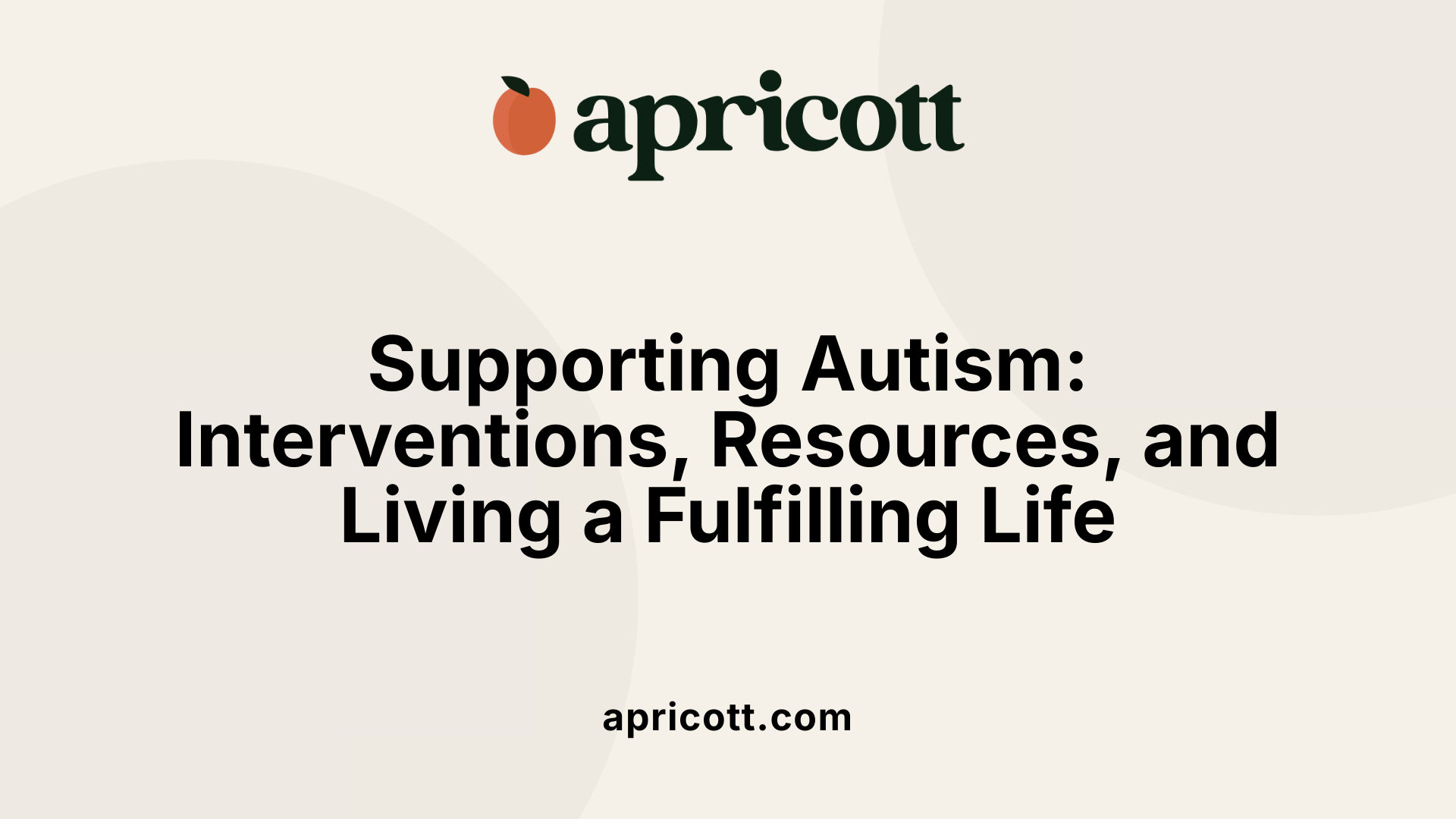
Autism spectrum disorder (ASD) and Asperger's syndrome are neurodevelopmental conditions that involve a combination of genetic and environmental factors. These factors influence how the brain develops, leading to differences in social interaction, communication, and behaviors.
Diagnosis of ASD generally occurs through behavioral evaluations and developmental assessments, often completed by a team of specialists including psychologists, pediatricians, speech therapists, and occupational therapists. Symptoms patterns across social interactions, communication abilities, and repetitive behaviors are key indicators. Typically, diagnosis can be made as early as 18-24 months for autism, with some cases identified sooner or later depending on the severity and presentation of symptoms.
Support strategies focus on early intervention and tailored therapies. Behavioral therapies such as applied behavior analysis (ABA) are commonly used to teach new skills and modify behaviors. Speech therapy helps improve communication, while occupational therapy supports daily living skills and sensory integration. Educational accommodations, including specialized curricula or classroom aides, further assist learning and social development.
Community resources and advocacy organizations like Autism Speaks offer vital support. They provide informational resources, support groups, and advocacy for policy improvements. These groups aim to empower individuals on the autism spectrum and their families, fostering acceptance and understanding.
While there are no medications that directly treat the core symptoms of ASD, medications can be prescribed to manage co-occurring conditions such as anxiety, depression, or obsessive-compulsive behaviors. These medications support overall well-being and can reduce symptoms that interfere with daily functioning.
Living with autism emphasizes the importance of acceptance and support, rather than seeking a cure. Embracing neurodiversity encourages society to adjust environments and expectations. Life skills training, social skills groups, and vocational programs play a crucial role in helping individuals achieve independence and a higher quality of life.
Recent neuroimaging studies, including voxel-based morphometry (VBM) MRI scans, reveal differences in brain structure between individuals with ASD and neurotypical control groups. For example, autism is often associated with lower grey matter volumes in regions like the cerebellum and hippocampus, and increased volumes in the caudate nucleus and prefrontal lobes. Asperger's syndrome shows similar but sparser differences, such as lower grey matter in bilateral amygdala and hippocampal regions.
These neurobiological insights support the view that ASD encompasses a wide range of brain differences and reinforce the importance of personalized approaches to support. Understanding these variations can guide more targeted interventions, improve early diagnosis techniques, and promote neurodiversity appreciation.
| Support Option | Description | Applicable to |
|---|---|---|
| Behavioral therapies (ABA) | Focuses on reinforcing desirable behaviors and reducing harmful behaviors | All individuals on spectrum |
| Speech and language therapy | Improves communication skills and understanding of social cues | Children and adults |
| Occupational therapy | Addresses sensory processing issues and daily living skills | All ages |
| Educational accommodations | Tailored educational plans and classroom supports | School-aged children |
| Medications | Manage symptoms like anxiety, OCD, hyperactivity | Co-occurring conditions |
| Social skills training | Enhances peer interaction and social understanding | As children mature |
| Community support groups | Provide emotional support, shared experiences, and advocacy | Families and individuals |
Life skills programs aim to teach daily routines, self-care, budgeting, and safety skills necessary for independent living. Social training involves practicing social interactions, understanding social norms, and developing friendship skills.
These interventions promote greater independence and integration into the community. For many on the spectrum, such skills are fundamental in achieving personal goals, employment, and meaningful relationships.
In conclusion, support strategies for ASD, including early detection, tailored therapies, community involvement, and societal acceptance, all contribute to improved quality of life for individuals on the spectrum. Recognizing autism as a neurodivergent condition encourages fostering strengths and providing necessary supports for successful, fulfilling lives.
Search for more information:
While the distinctions between autism and Asperger's syndrome have historically shaped perceptions and diagnoses, current scientific and clinical understanding emphasizes the spectrum's diversity. Recognizing that Asperger's is now encompassed within ASD allows for more personalized, flexible approaches to support and intervention, focusing on individual strengths and challenges. Increased awareness, respectful terminology, and embracing neurodiversity foster inclusion and empower those on the spectrum. As research advances, our comprehension of genetic, neurobiological, and environmental factors continues to grow, ultimately enriching strategies for facilitating the well-being and independence of individuals with autism across all levels of the spectrum.